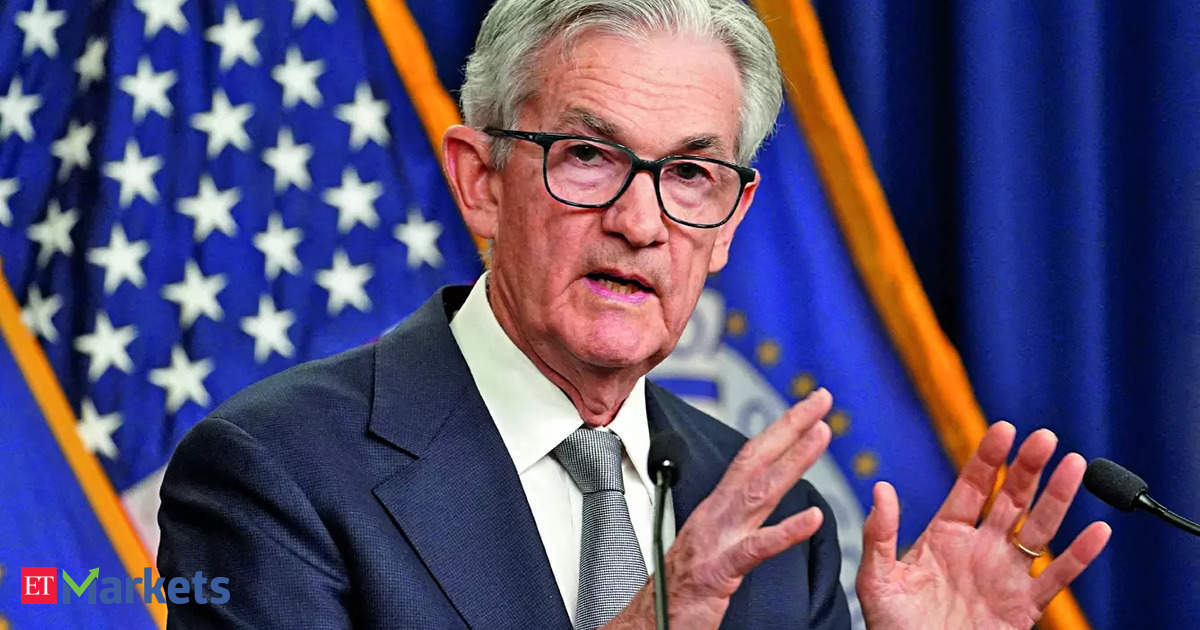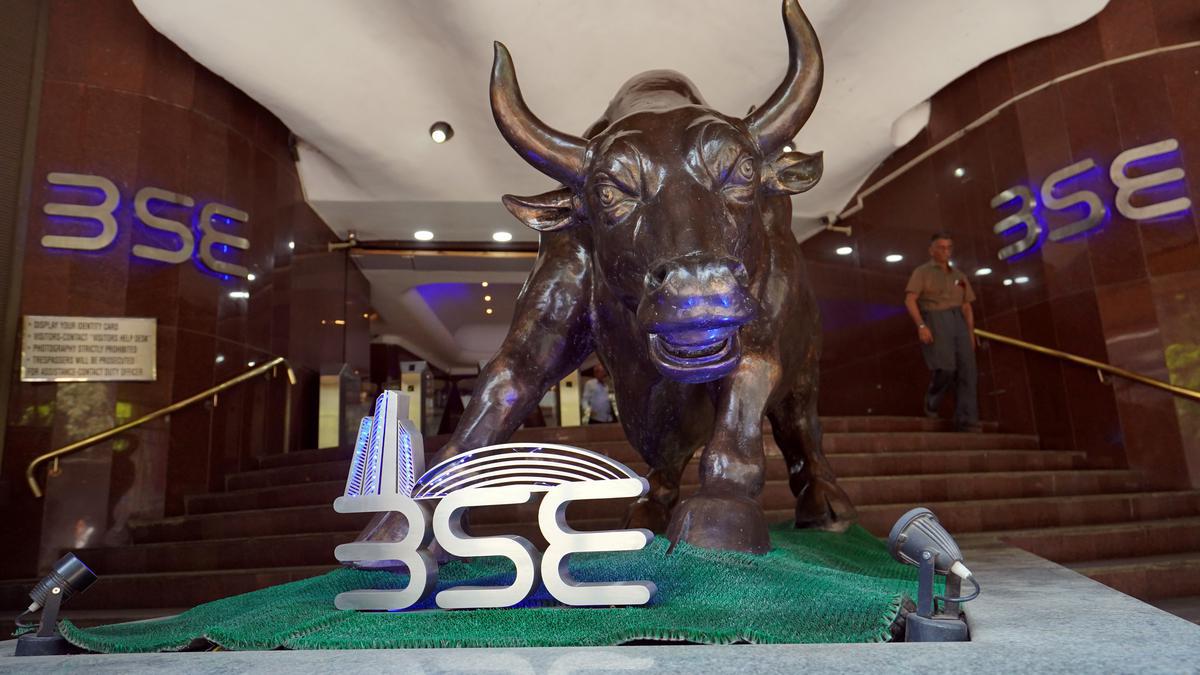The Federal Reserve has made the decision to maintain its key interest rate at its current level, effectively signaling a potential end to its recent era of rate hikes. This comes after a period of rapid rate increases, the quickest in four decades, as the central bank attempted to combat stubbornly high inflation. The decision to hold off on further hikes suggests that the Fed believes it has achieved its desired impact on the economy and inflation levels.
Additionally, the Fed’s policymakers have indicated that they anticipate making three quarter-point cuts to their benchmark interest rate next year. This is seen as a proactive approach to counter any potential economic downturns or risks on the horizon.
The central bank’s move to keep the interest rate stable comes amid a backdrop of concerns over global economic growth, trade tensions, and uncertainties surrounding Brexit. While the US economy remains strong and resilient, there are growing signs of a slowdown in various sectors, both domestically and internationally.
By maintaining the interest rate, the Federal Reserve aims to provide some stability and support to these broader economic conditions. By signaling its intention to potentially lower rates next year, the central bank is sending a message that it is prepared to take further action if necessary to sustain economic growth and mitigate any negative effects of external pressures.
However, it is important to note that this projection is contingent on the prevailing economic conditions and data. If the economic indicators show a stronger-than-anticipated performance, the Federal Reserve could reconsider its approach and proceed with a different course of action.
Overall, the Federal Reserve’s decision to keep the interest rate unchanged and its plans for potential rate cuts next year reflect its cautious stance towards monetary policy. The central bank is closely monitoring economic developments and stands ready to adapt its policies as needed to support the stability and growth of the US economy.











